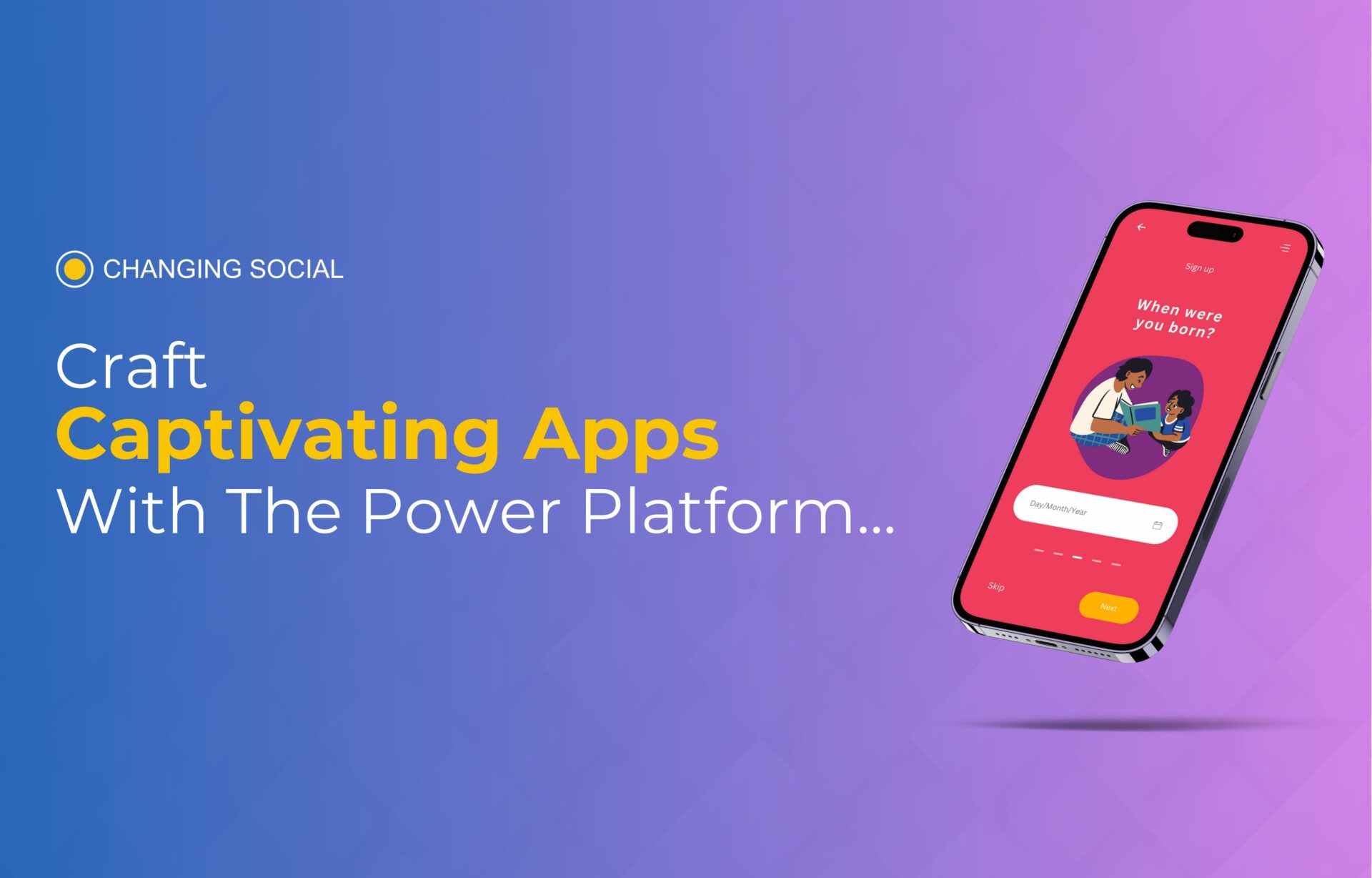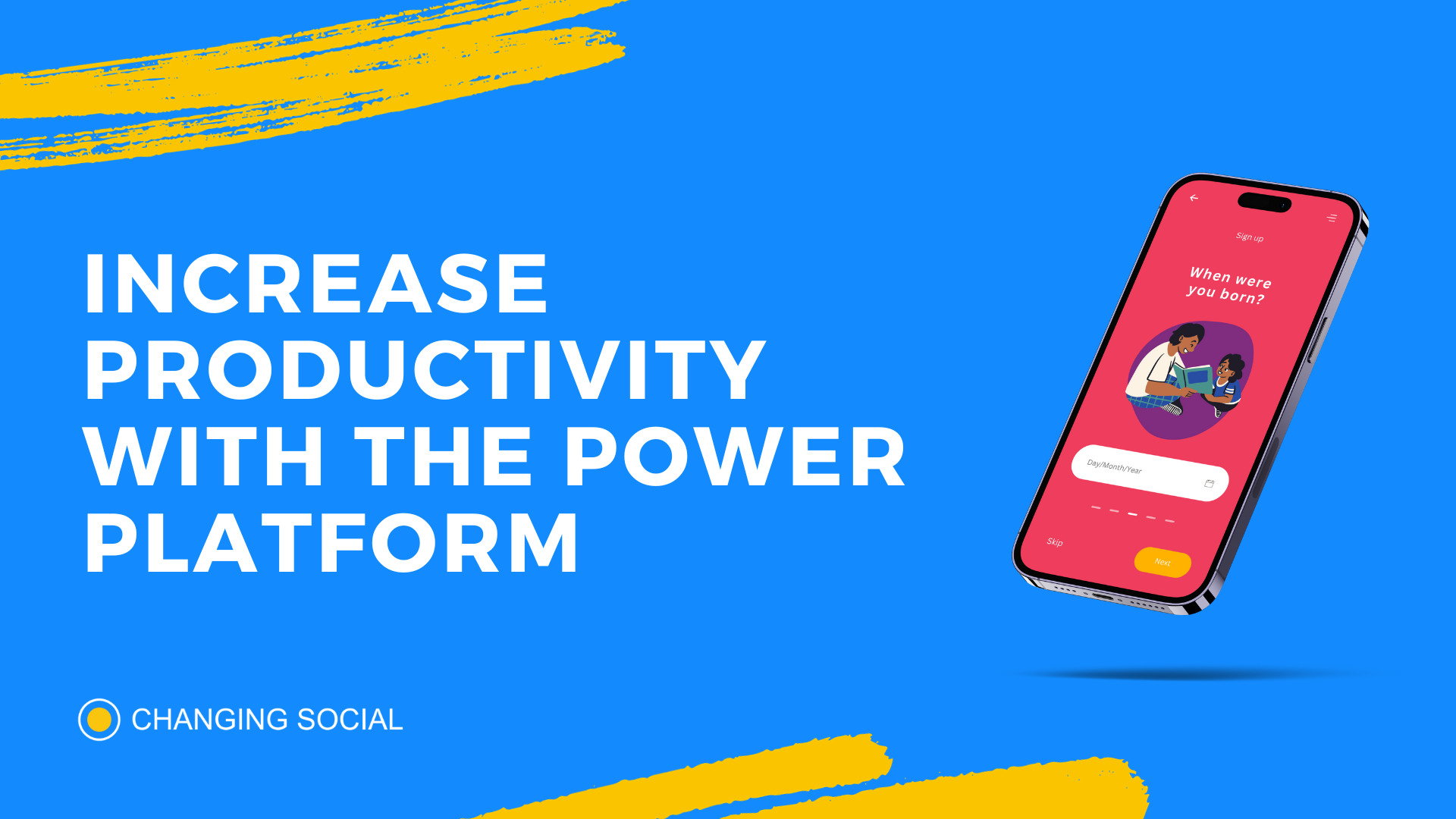RemoteIoT Platform Tutorial: Your Ultimate Guide To Mastering IoT Solutions
Have you ever wondered how the Internet of Things (IoT) works and how you can tap into its limitless potential? Well, buckle up because we’re diving deep into the world of RemoteIoT platforms, where innovation meets simplicity. If you’re reading this, chances are you’re either an IoT enthusiast or someone looking to take their tech skills to the next level. Lucky for you, this RemoteIoT platform tutorial is packed with everything you need to get started—and then some. So, let’s break it down!
Before we jump into the nitty-gritty of RemoteIoT platforms, let’s address the elephant in the room: what exactly is IoT? Simply put, IoT refers to a network of interconnected devices that communicate and share data seamlessly. Now, imagine having a platform that allows you to manage, monitor, and control these devices remotely. That’s where RemoteIoT comes in. It’s like having a personal assistant for all your IoT needs, but way cooler.
Why should you care about RemoteIoT? Because it’s not just about connecting devices; it’s about creating smart solutions that make life easier, more efficient, and downright awesome. From home automation to industrial applications, RemoteIoT platforms are revolutionizing the way we interact with technology. So, whether you’re a beginner or a seasoned pro, this tutorial will help you harness the power of IoT like never before. Let’s get to it!
Read also:Chas Emmerdale Dies The Shocking Truth And What It Means For Fans
What is RemoteIoT and Why Should You Care?
Alright, let’s get real here. RemoteIoT isn’t just another buzzword in the tech world—it’s a game-changer. Think of it as the bridge that connects your devices, data, and applications in one streamlined platform. But why should you care? Well, for starters, it simplifies complex IoT processes, making them accessible even to those who aren’t tech wizards.
Here’s the deal: RemoteIoT platforms enable you to remotely monitor, manage, and control IoT devices from anywhere in the world. Imagine being able to adjust the temperature of your smart home while you’re on vacation or monitoring industrial equipment in real-time without leaving your office. Sounds pretty sweet, right? That’s the magic of RemoteIoT.
Key Features of RemoteIoT Platforms
Now that you know what RemoteIoT is, let’s talk about what makes it so special. Here are some of the standout features that set RemoteIoT platforms apart:
- Real-Time Monitoring: Get live updates on your devices’ performance and status.
- Remote Control: Manage your IoT devices from anywhere with just a few clicks.
- Scalability: Easily add or remove devices as your needs grow.
- Data Analytics: Gain insights into your device data to make smarter decisions.
- Security: Keep your devices and data safe with robust encryption and authentication protocols.
These features aren’t just cool—they’re essential for anyone looking to maximize the potential of their IoT setup. And trust me, once you start using RemoteIoT, you’ll wonder how you ever lived without it.
Getting Started with RemoteIoT: A Step-by-Step Guide
Ready to dive into the world of RemoteIoT? Great! Here’s a step-by-step guide to help you get started:
Step 1: Choose the Right Platform
Not all RemoteIoT platforms are created equal. When selecting a platform, consider factors like ease of use, scalability, and compatibility with your existing devices. Some popular options include:
Read also:Discover Chris Brown Net Worth Age And Personal Life 2023
- ThingSpeak
- Particle
- Losant
- Blynk
Do your research and pick the one that aligns with your goals and budget. Trust me, this step will save you a lot of headaches down the line.
Step 2: Set Up Your Devices
Once you’ve chosen your platform, it’s time to set up your IoT devices. This usually involves connecting them to the internet and configuring them to work with your chosen platform. Don’t worry—it’s not as complicated as it sounds. Most platforms come with detailed documentation to guide you through the process.
Step 3: Start Monitoring
With your devices up and running, it’s time to start monitoring them. Use the platform’s dashboard to keep an eye on their performance and status. You can even set up alerts to notify you of any issues before they become major problems.
Understanding the RemoteIoT Ecosystem
Now that you’ve got the basics down, let’s talk about the bigger picture. The RemoteIoT ecosystem is made up of several key components that work together to create a seamless IoT experience. These include:
1. Sensors and Actuators
Sensors are the eyes and ears of your IoT setup, collecting data from the environment. Actuators, on the other hand, take action based on that data. Together, they form the backbone of any RemoteIoT platform.
2. Connectivity Protocols
From Wi-Fi to Bluetooth to Zigbee, there are plenty of connectivity options to choose from. The right protocol for you will depend on factors like range, power consumption, and data transfer speed.
3. Cloud Services
Most RemoteIoT platforms rely on cloud services to store and process data. This not only makes it easier to access your data from anywhere but also allows for advanced analytics and machine learning capabilities.
Best Practices for Using RemoteIoT Platforms
Want to make the most out of your RemoteIoT experience? Here are some best practices to keep in mind:
- Secure Your Devices: Always use strong passwords and enable two-factor authentication to protect your devices from unauthorized access.
- Regularly Update Firmware: Keep your devices’ firmware up to date to ensure optimal performance and security.
- Monitor Performance: Keep an eye on your devices’ performance metrics to identify and address any issues early on.
- Plan for Scalability: Design your IoT setup with scalability in mind so you can easily add or remove devices as needed.
By following these best practices, you’ll be well on your way to creating a robust and reliable RemoteIoT setup.
RemoteIoT in Action: Real-World Applications
So, how is RemoteIoT being used in the real world? Let’s take a look at some exciting applications:
1. Smart Homes
RemoteIoT platforms are transforming the way we live by enabling smart home automation. From controlling lighting and temperature to monitoring security systems, the possibilities are endless.
2. Agriculture
Farmers are using RemoteIoT to optimize crop yields by monitoring soil moisture, weather conditions, and other key factors. This not only increases efficiency but also reduces waste.
3. Healthcare
In the healthcare industry, RemoteIoT is being used to monitor patients’ vital signs and alert healthcare providers of any anomalies. This can literally save lives.
Challenges and Solutions in RemoteIoT
While RemoteIoT platforms offer incredible potential, they’re not without their challenges. Some common issues include:
1. Security Concerns
With so much sensitive data being transmitted, security is a top priority. To address this, always use encryption and authentication protocols and keep your firmware up to date.
2. Connectivity Issues
Poor connectivity can disrupt your IoT setup. To mitigate this, choose the right connectivity protocol for your needs and consider using backup systems.
3. Scalability Limits
As your IoT setup grows, you may run into scalability issues. Plan ahead by choosing a platform that can grow with you and designing your setup with scalability in mind.
Future Trends in RemoteIoT
What does the future hold for RemoteIoT? Here are some trends to watch out for:
1. Edge Computing
Edge computing allows data to be processed closer to the source, reducing latency and improving performance.
2. Artificial Intelligence
AI is being integrated into RemoteIoT platforms to enable predictive analytics and automate decision-making processes.
3. 5G Connectivity
The rollout of 5G networks promises to revolutionize IoT by providing faster and more reliable connectivity.
Conclusion: Your Journey with RemoteIoT Begins Here
And there you have it—a comprehensive RemoteIoT platform tutorial to help you master the art of IoT. From understanding the basics to exploring real-world applications and future trends, this guide has covered it all. But remember, the journey doesn’t end here. The world of IoT is constantly evolving, so stay curious, keep learning, and don’t be afraid to experiment.
So, what are you waiting for? Dive into the world of RemoteIoT and start creating smart solutions that make a difference. And hey, if you found this tutorial helpful, don’t forget to share it with your friends and leave a comment below. Let’s keep the conversation going!
Table of Contents
- What is RemoteIoT and Why Should You Care?
- Key Features of RemoteIoT Platforms
- Getting Started with RemoteIoT: A Step-by-Step Guide
- Understanding the RemoteIoT Ecosystem
- Best Practices for Using RemoteIoT Platforms
- RemoteIoT in Action: Real-World Applications
- Challenges and Solutions in RemoteIoT
- Future Trends in RemoteIoT
- Conclusion: Your Journey with RemoteIoT Begins Here


